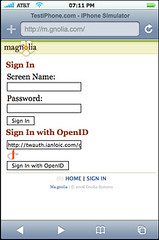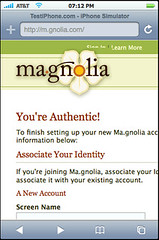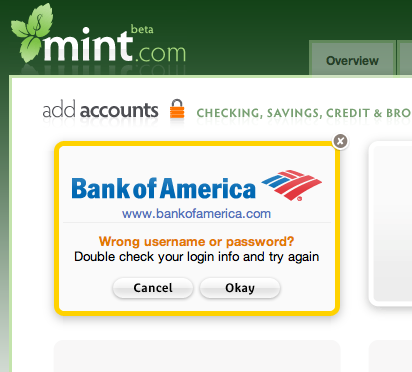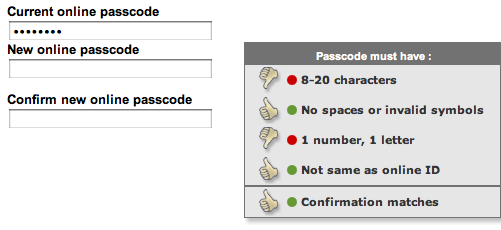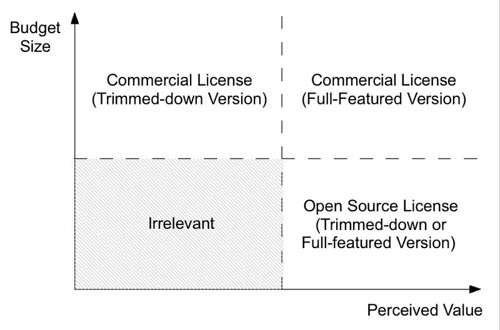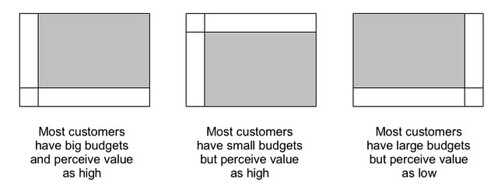Brad Garland’s latest post raises an interesting question:
If a company’s employees passion for their company’s product or service is ultimately what transpires in their brand and what drives customer to buy their products/services – think Google (“Don’t be evil”), REI or Apple, is it possible to have financial services providers’ employees being passionate about their products/services, and if so how?
As I was reading this post, I could not but think about Paul Graham comments in this presentation about the necessity for startups to be benevolent. His theory goes like this: if a startup focuses first on making the life of its users truly better, it will help employees stay motivated in the most difficult times, and will help in attracting the best geeks, who are usually idealists; once you have enough happy users, they will be happy to contribute financial support.
There many startup examples that have followed this pattern. eBay is a good example. According to Wikipedia’s entry on Pierre Omidyar:
The service was free at first, but started charging in order to cover Internet service provider costs.
REI, Brad’s example, is not a startup, but actually follows this benevolence pattern. They are actually a particular kind of business since they are a cooperative and as an REI member you get a yearly dividend (about 9% of the money you spend there), which you can redeem for REI products.
To go back to Brad’s question, and adapt it based on Paul’s suggestion: Can financial services providers do good and make money at it?
Of course they can.
Here are a few examples:
- The disruptive contenders such as p2p lenders are effectively freeing loan seekers from bank loans and re-creating a more human and direct relation between lenders and debtors.
- Large incumbent banks can leverage their operational infrastructure to create independent brands dedicated to specific communities or values (ex. using local deposits to finance local, sustainable developments, “green banks”). After all, different people have different ideas about what “don’t be evil” involves. In general, it is my opinion that banks can do good and be perceived as such by leveraging Web technologies to reveal the social links loans represent, rather than abstract/hide them. For instance, they could provide visibility into where the money in my CD account goes and provide me with the option to express my preferences. Ideally, I should be able to say that I want my money to be only used to help finance sustainable farming in a 50 miles radius around where I live.
Just my quick thoughts!
